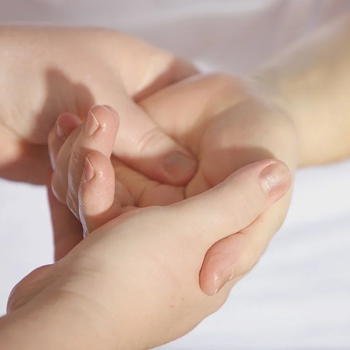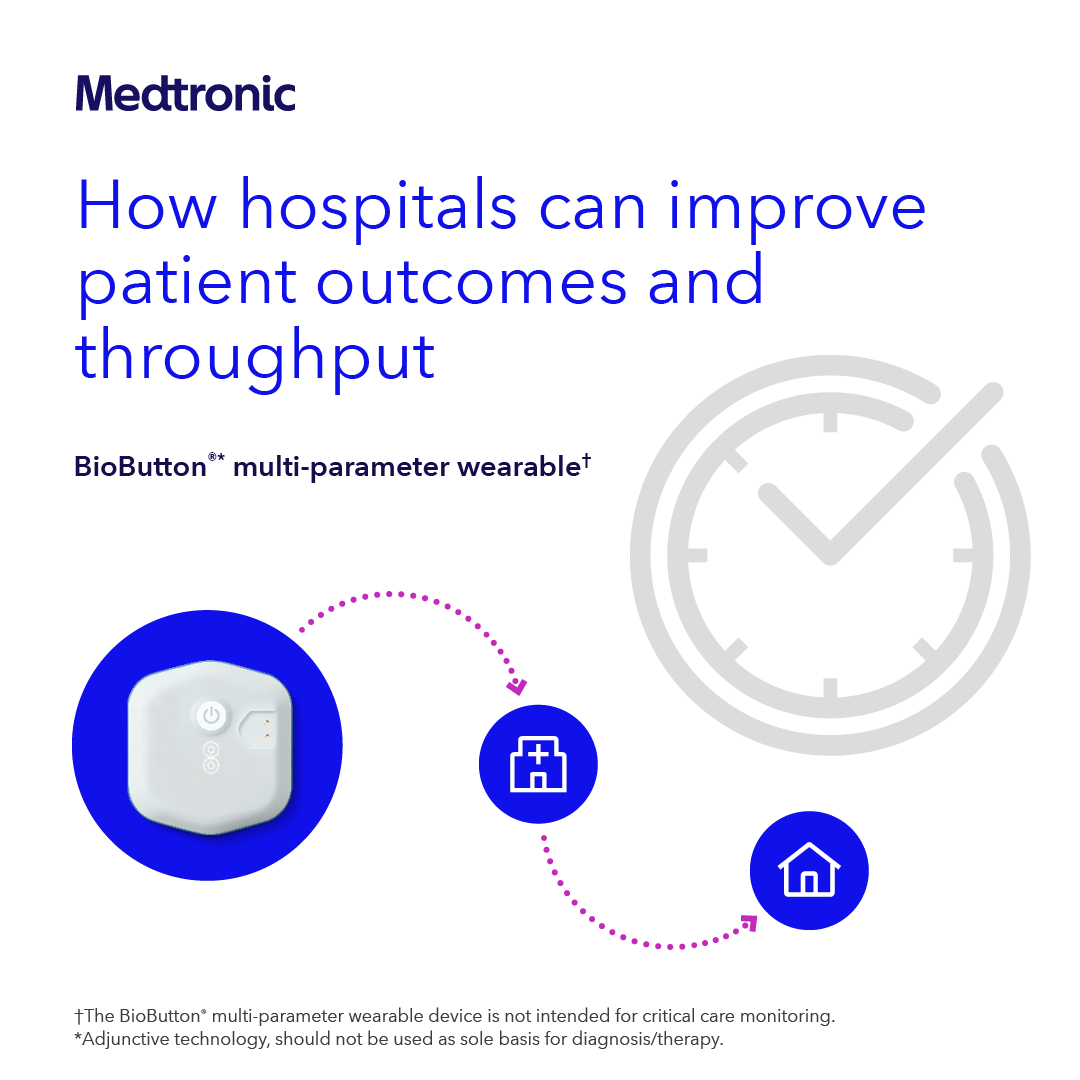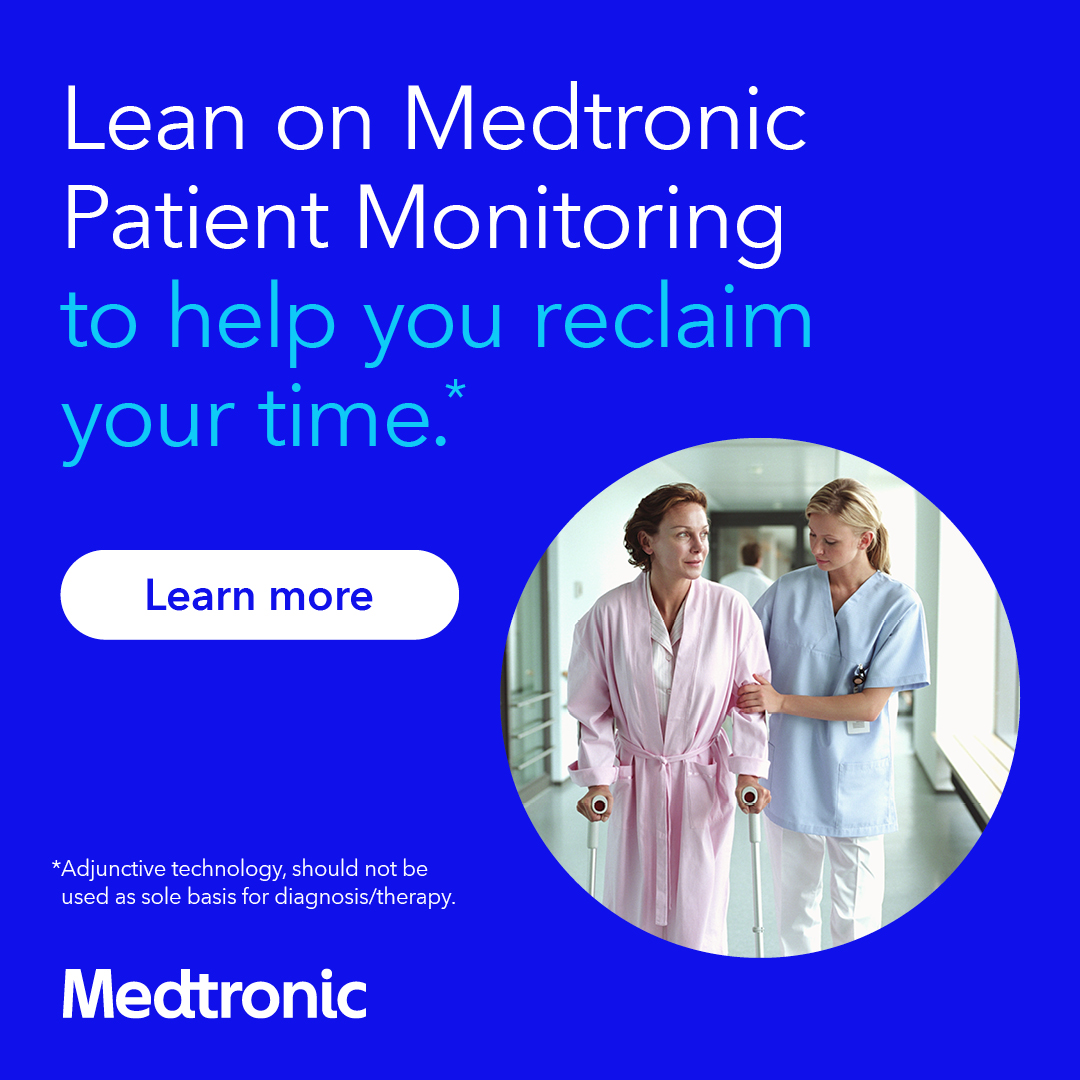A Nurse’s Touch

Years ago, when I began my nursing career, I worked the evening shift. Part of the daily cares I administered to my patients was a backrub prior to them turning in at night. This allowed me to share a few precious minutes with my patients focusing on comfort, conversation and connection. I was still assessing my patient for skin integrity, orientation, pain, etc., but this always felt more personal somehow.
As nursing care came to involve more technology (which certainly benefited our patients), it seemed like we became less and less likely to make the personal connections and perform cares such as a backrub.
This year, we have the additional challenge of Covid-19 which requires full PPE for the safety of ourselves as well as many of our patients. Touch – human to human, skin to skin contact, seems to be far down the list of cares we deliver to our patients. Although it certainly isn’t a part of Maslow’s Hierarchy of Human Needs, it sure feels like we have a gap in meeting the physiological needs of our patients.
Years ago, in orphanages in Romania, infants were left alone in their cribs without caring human contact. Apart from the stunting of the children’s physical condition resulting from a lack of care, these children, for the most part, never formed attachments to other humans resulting in a lifetime of emotional and behavioral health issues.
Fast forward to today, and we’ve seen our older adult populations slowly fade in nursing homes due to visitation restrictions because of Covid-19; loneliness and increasing dementia left in its wake.
Yet touch has always been a central tenet of nursing care. When preparing to perform an IV tubing change or reassessing a patient’s pain after receiving an analgesic, a simple touch on the patient’s shoulder can provide comfort.
Holding a hand while describing a procedure to a patient provides the opportunity to make a human-to-human connection. The therapeutic touch of a nurse while offering patient education can make the entire hospital experience a little less terrifying.
How often have we, encumbered by large patient loads, multiple tasks and documentation, overlooked our patients’ need for affirmation through a simple touch of the hand, shoulder or cheek?
Touch must be approached with cultural sensitivity; always asking permission to touch. While this is certainly important for legal reasons it also conveys a true sense of our respect for our patients. And touch for the purpose of comfort and human contact, often termed expressive touch, is certainly different that that of instrumental touch when providing interventions or assessments.
Expressive touch, on the other hand, finds most of its power within the emotion between the nurse and patient; both as a symbol of human connection and of the nurse’s willingness to see the patient as a person and not a diagnosis.
I recently read an article that stated that touch has the power to validate and acknowledge the patient as well as the patient-nurse relationship. I believe it also has the power to comfort and to promote healing, not only for the patients in our care but for ourselves and, indeed, all of humankind as well.
Can’t we all use a little more human comfort and kindness in this day and age?



